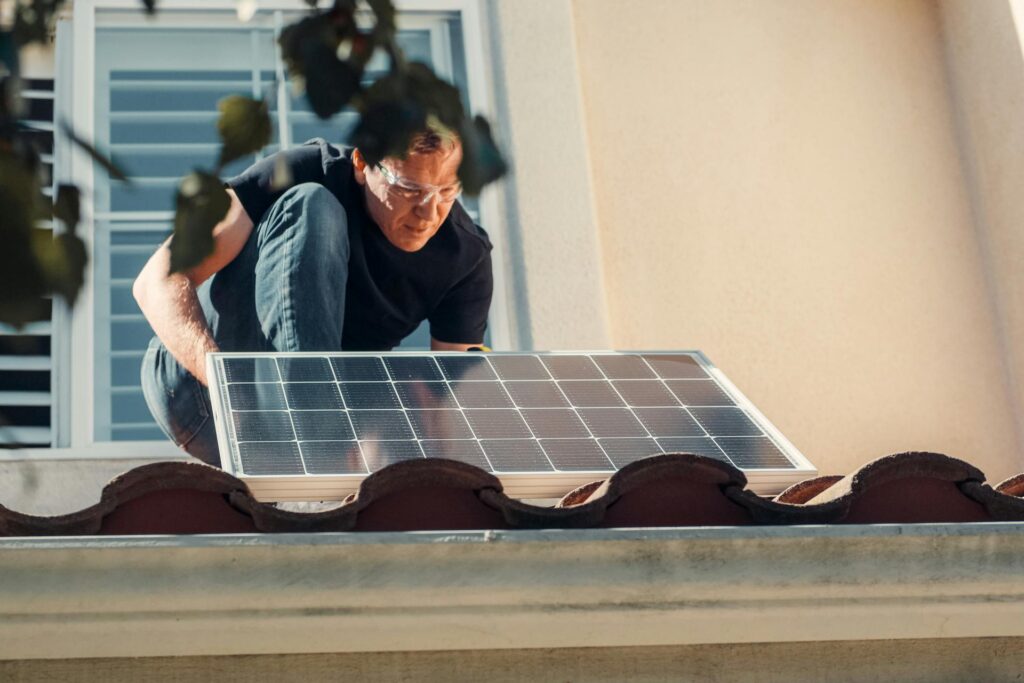Building-integrated photovoltaics (BIPV) represent a revolutionary approach to solar energy generation by seamlessly integrating photovoltaic materials into the building envelope. Instead of mounting solar panels on existing structures, BIPV systems replace conventional building materials such as roofing tiles, facades, windows, and skylights with solar-generating alternatives.
This integration offers numerous advantages. Firstly, it eliminates the need for separate mounting structures, reducing material costs and installation time. Secondly, it can enhance the aesthetic appeal of buildings by making solar technology an integral part of the design rather than an add-on. Architects and designers have greater flexibility to incorporate solar elements in visually appealing ways.
BIPV systems can take various forms. Solar roof tiles and shingles directly replace traditional roofing materials, providing both weather protection and electricity generation. Solar facades can transform building walls into energy-producing surfaces. Solar windows and skylights can generate electricity while allowing natural light to enter the building.
The materials used in BIPV systems vary depending on the application. Thin-film solar cells are often preferred for their flexibility and adaptability to different shapes and surfaces. Crystalline silicon cells can also be integrated into BIPV products, often with specialized designs to enhance aesthetics.
The adoption of BIPV can significantly contribute to achieving net-zero energy buildings, where the total amount of energy used by the building on an annual basis is roughly equal to the amount of renewable energy it generates on-site. By turning buildings into power plants, BIPV can play a crucial role in decarbonizing the built environment.
While the initial cost of some BIPV systems can be higher than conventional building materials plus separate solar panel installations, the long-term benefits, including energy savings and reduced reliance on fossil fuels, can make them a cost-effective solution over the lifespan of the building.
As technology advances and manufacturing costs decrease, BIPV is poised to become an increasingly attractive option for sustainable building design. By blurring the lines between construction materials and energy generation, BIPV offers a pathway towards a future where our buildings are not just consumers of energy but also active producers of clean, renewable power.
